The journey of aging: signs, causes, and remedies
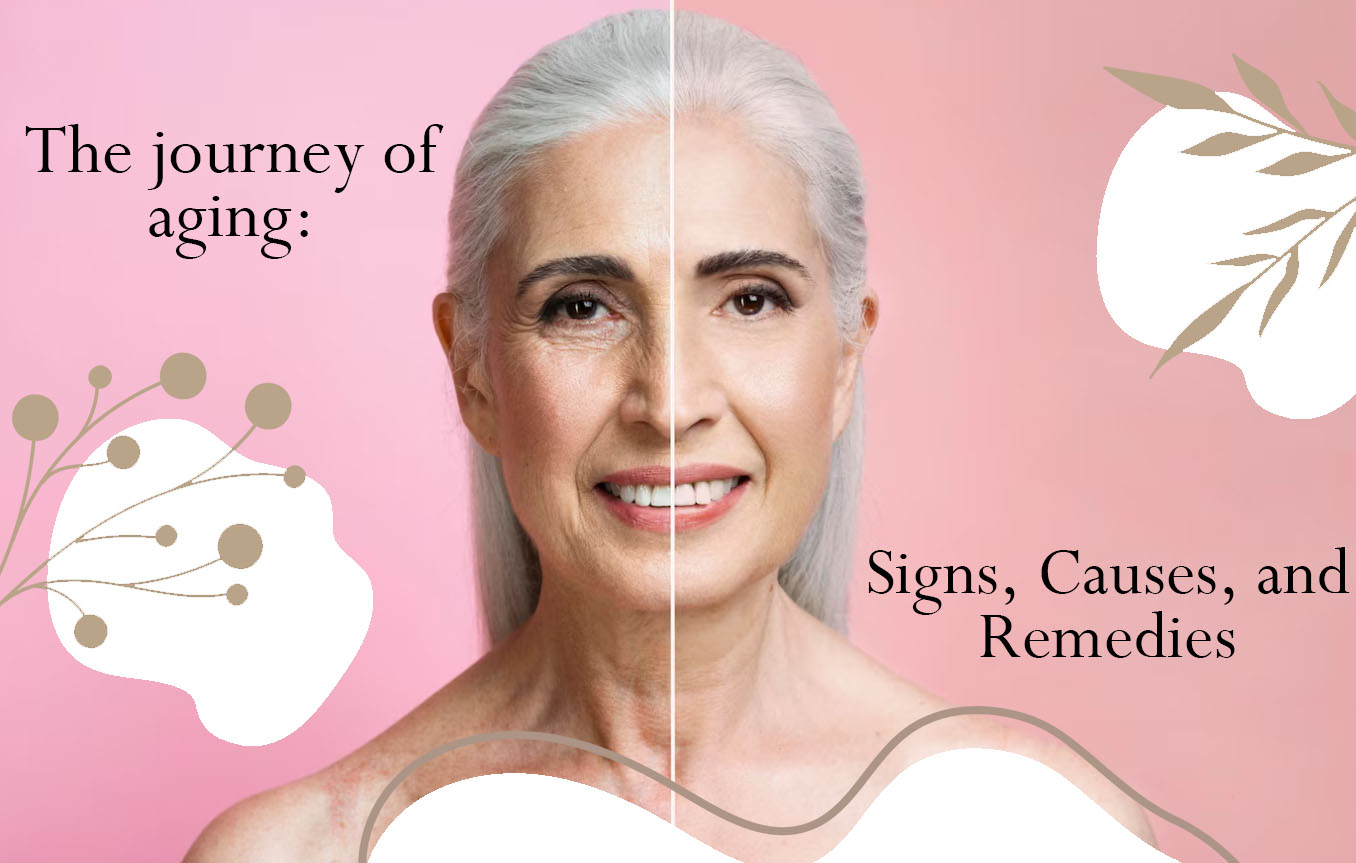
As we grow older, our bodies undergo a range of changes that can affect our skin in noticeable ways. These age-related shifts often make our skin more vulnerable to environmental factors, influencing its texture, elasticity, and overall appearance. From fine lines and wrinkles to dryness and uneven tone, recognizing the main signs of aging is essential for understanding our skin’s unique needs.
By becoming more aware of these changes, we can adopt better care practices to maintain our skin’s health and vitality. In this article, we will dive into the key indicators of aging skin and explore how these transformations can impact our confidence, self-image, and overall well-being as we embrace the beauty of aging.

What’s happening?
As we age, one of the most noticeable changes in our skin is the loss of elasticity and tone. This decline is primarily due to a natural decrease in collagen and elastin levels—two vital proteins that help maintain skin’s firmness and bounce. As these proteins diminish, the skin becomes less elastic, making it more susceptible to the formation of wrinkles and folds. This process can lead to a more sagging appearance, as the skin struggles to retain its youthful contours. Understanding this change is essential for developing effective skincare routines that can help support and rejuvenate the skin’s texture and appearance.
Moreover, our skin often loses its youthful glow, appearing dull and tired. This change is primarily due to a slowdown in both cell turnover and blood circulation. When we’re younger, our skin cells renew themselves more rapidly, resulting in a fresh, vibrant appearance. However, as this process slows down with age, dead skin cells can accumulate on the surface, making the skin look lifeless. Additionally, decreased blood circulation can affect the delivery of essential nutrients and oxygen to the skin, further contributing to a lack of radiance

Wrinkles are among the most recognizable signs of aging, often becoming apparent well before other changes. They arise from a combination of factors, including the loss of elasticity and volume in the skin’s tissues, as well as the repetitive movements of facial muscles over time. The way wrinkles manifest can vary significantly based on an individual’s facial structure and skin type. Some people may develop fine lines that resemble a delicate mesh, while others may experience sharper, deeper creases. Regardless of their appearance, wrinkles serve as a reminder of the dynamic interplay between age, expression, and the skin’s evolving nature.
As we age, one of the more subtle yet significant changes our skin undergoes is increased dryness and dehydration. This occurs because the skin’s tissues lose their ability to retain moisture effectively. A major contributing factor is the decline in the production of natural fats and hyaluronic acid, both of which play crucial roles in maintaining the skin's moisture balance. As these elements diminish, the skin can become parched, leading to flaking and a rough texture. This loss of hydration not only affects the skin’s appearance but can also contribute to discomfort and a feeling of tightness.
With time our skin additionally experiences notable changes in pigmentation, leading to the emergence of age spots, freckles, and uneven skin tone. These variations occur as the epidermis becomes more sensitive to sun damage and other environmental factors over time. The accumulation of melanin can result in darker patches, commonly referred to as age spots, which are often found on areas frequently exposed to sunlight. Additionally, the skin’s ability to maintain an even tone reduces, contributing to a patchy appearance.
Finally, the reduction in adipose tissue volume plays a significant role in the changes we observe in our facial contours. This decrease in fatty tissue can lead to a loss of facial volume, resulting in more pronounced folds and wrinkles. The once youthful plumpness of the skin can give way to a hollower appearance, accentuating signs of aging. In addition to changes in volume, aging skin often becomes more sensitive. This heightened sensitivity can be attributed to a weakening of the skin's protective barrier, making it more reactive to external irritants and cosmetic products. As a result, individuals may experience increased discomfort, redness, or irritation in response to products that previously posed no issues.

Why is it happening?
One of the key factors influencing the aging process is genetic predisposition, which governs a range of changes that affect nearly all layers of the skin. These hereditarily programmed alterations can dictate how our skin ages, including its elasticity, texture, and overall appearance. Genetics play a crucial role in determining when signs of aging—such as wrinkles, sagging, and pigmentation changes—may first appear, as well as their severity. While environmental factors and lifestyle choices certainly contribute to skin aging, our genetic makeup sets the stage for how our skin will respond over time.
Another significant factor in the aging process is the physiological decline in hormone synthesis within the body. Hormones such as growth hormone, testosterone, DHEA (dehydroepiandrosterone), and melatonin play vital roles in maintaining physical health and supporting the regeneration of cells, including those in the skin. Starting around the age of 20, the production of these essential hormones begins to gradually decrease, leading to various changes in the body. This decline can impact skin elasticity, moisture retention, and overall vitality, contributing to the visible signs of aging. As hormone levels decrease, the skin may lose its ability to repair itself effectively, resulting in a duller complexion, increased dryness, and more pronounced wrinkles.
Another critical factor in the aging process is photoaging, which is primarily caused by exposure to ultraviolet (UV) rays. Prolonged sun exposure promotes the formation of free radicals—unstable molecules that can wreak havoc on skin cells. These free radicals damage the structures of skin cells and disrupt the natural mechanisms of cellular repair and regeneration. As a result, the skin may experience accelerated aging, characterized by increased wrinkles, loss of elasticity, and uneven pigmentation.

How can ViewMed Korea help?
The ViewMed Korea website offers a comprehensive range of products designed to help individuals maintain beautiful and youthful skin over the years. With a focus on skincare solutions that address the signs of aging, including loss of elasticity, dryness, and pigmentation changes, ViewMed Korea provides an accessible platform for consumers seeking effective treatments. We feature a curated selection of high-quality products that support skin health and vitality, empowering users to adopt proactive skincare routines. By prioritizing both prevention and rejuvenation, ViewMed Korea serves as a valuable resource for anyone looking to enhance their skincare regimen and preserve their skin's youthful appearance.
Botulinum toxin and dermal fillers are effective treatments for addressing wrinkles and early signs of aging in targeted problem areas. Botulinum toxin works by temporarily relaxing facial muscles, reducing the appearance of fine lines and dynamic wrinkles, while fillers add volume and restore fullness to areas that may have lost elasticity. Together, these treatments provide a versatile approach to rejuvenating the skin, enhancing facial contours, and achieving a smoother, more youthful appearance. As non-surgical options, they offer individuals the opportunity to mitigate the visible effects of aging with minimal downtime, making them popular choices for those seeking to maintain a vibrant and refreshed look.
Skin boosters are an innovative treatment option designed to address various skin concerns, including acne scars, loss of elasticity, fine lines, and dehydration. These injectable treatments work by delivering essential nutrients and hydration directly into the skin, promoting cellular regeneration and enhancing overall skin quality. By stimulating collagen production and improving skin texture, skin boosters effectively reduce the appearance of acne scars while increasing elasticity and plumping the skin to diminish fine lines. Additionally, they provide a significant boost in hydration, resulting in a more radiant and youthful complexion.
The Zeroid skincare line is specifically formulated to address a variety of skin concerns, particularly for individuals with sensitive skin and atopic conditions. Designed with gentle yet effective ingredients, this skincare range targets issues such as irritation, dryness, and inflammation, providing relief and promoting skin health. The Zeroid line emphasizes hydration and barrier repair, making it an ideal choice for those seeking to soothe and protect sensitive skin. By combining dermatological expertise with a focus on comfort, Zeroid offers a comprehensive solution for managing the unique challenges of atopic skin, ensuring that users can maintain a healthy and balanced complexion.

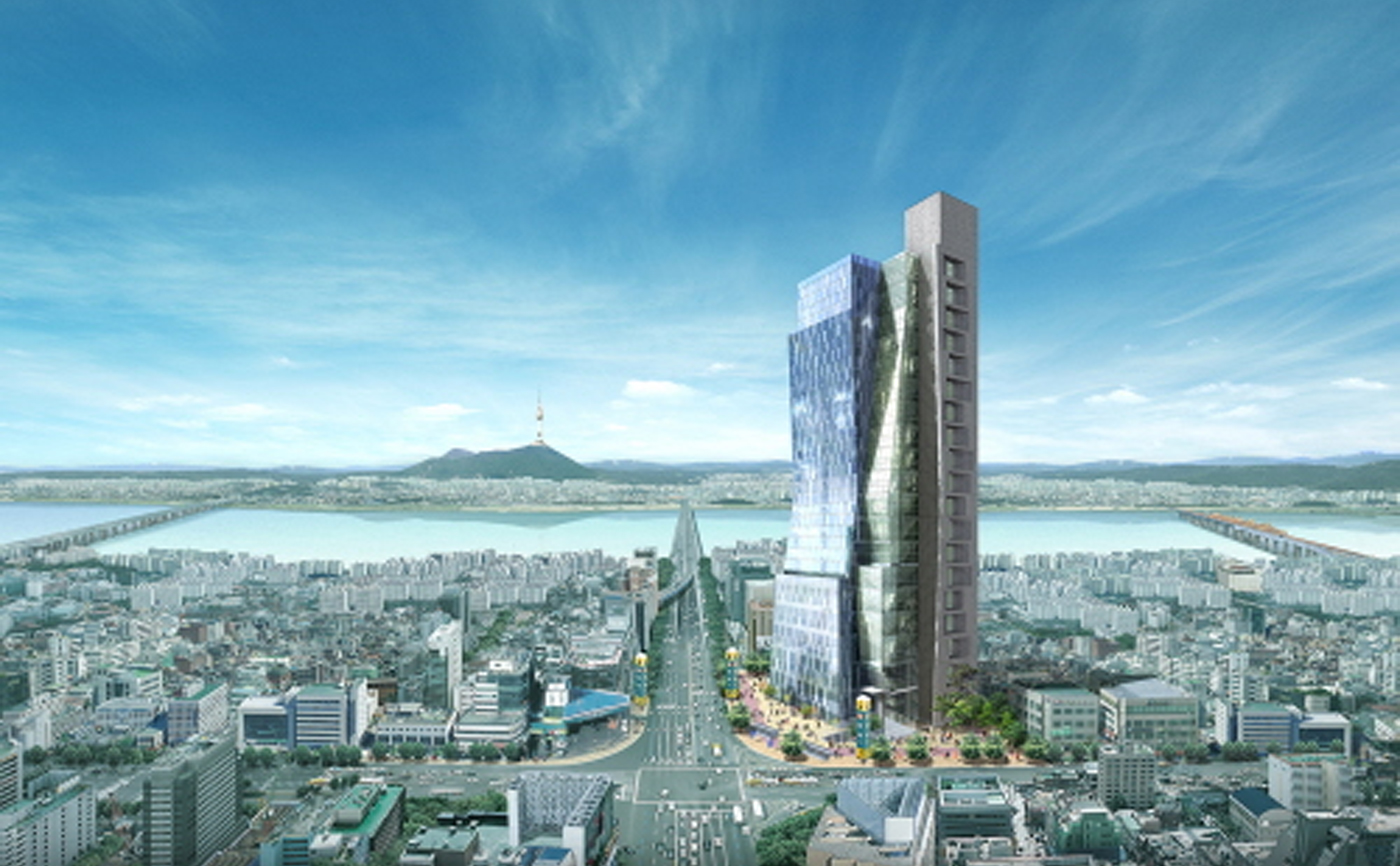


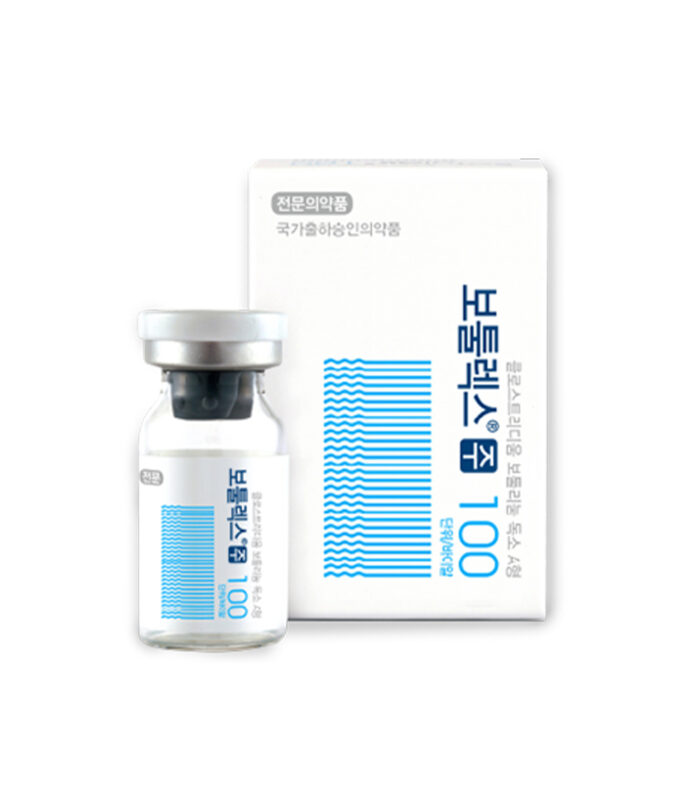
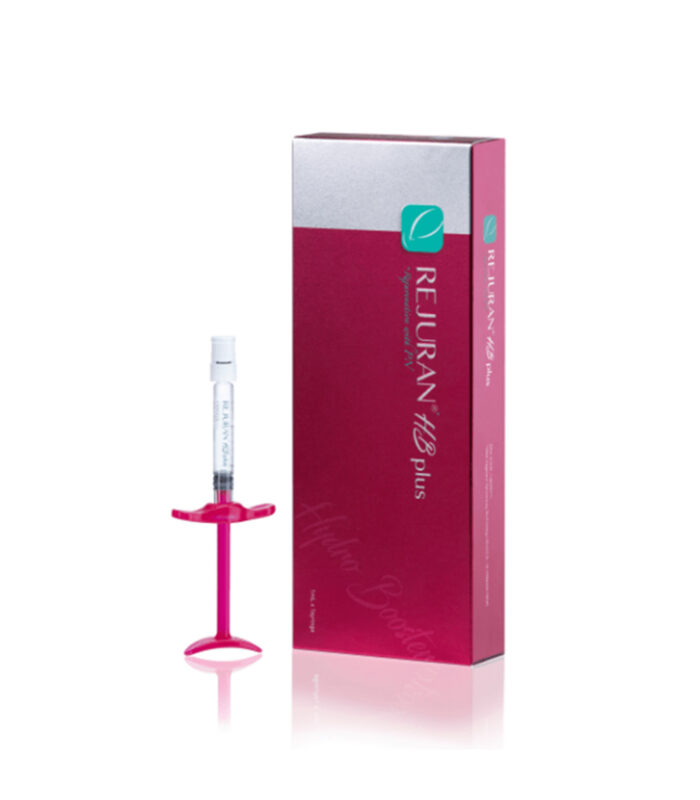
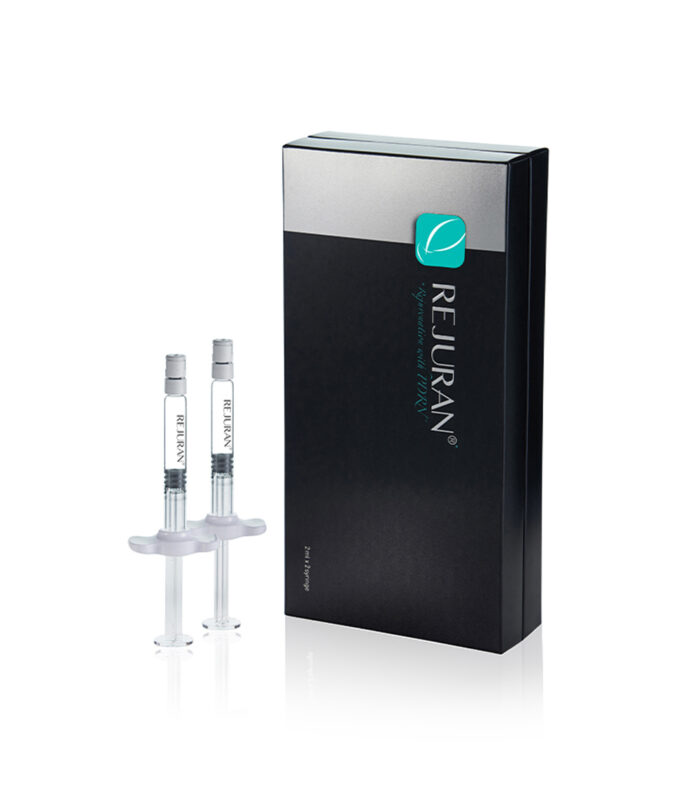
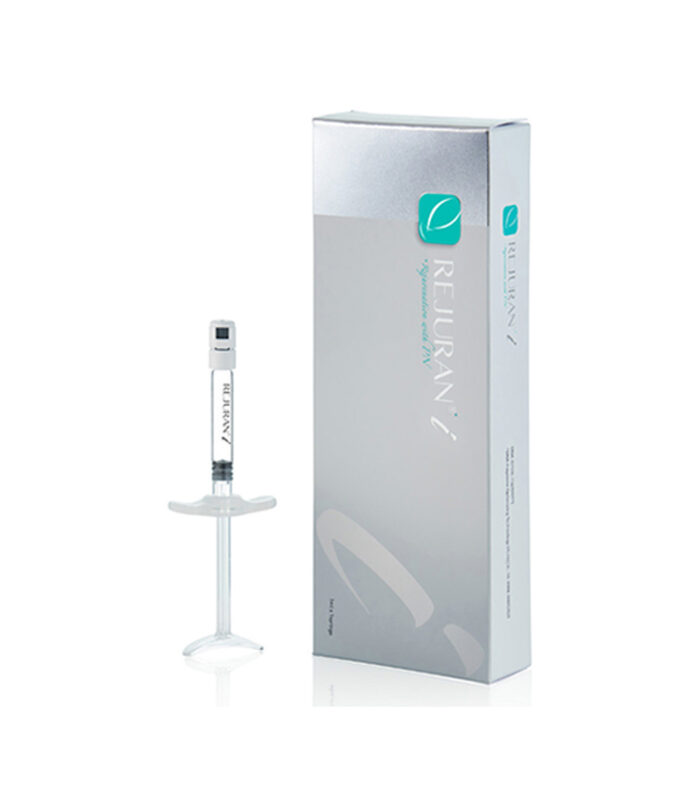
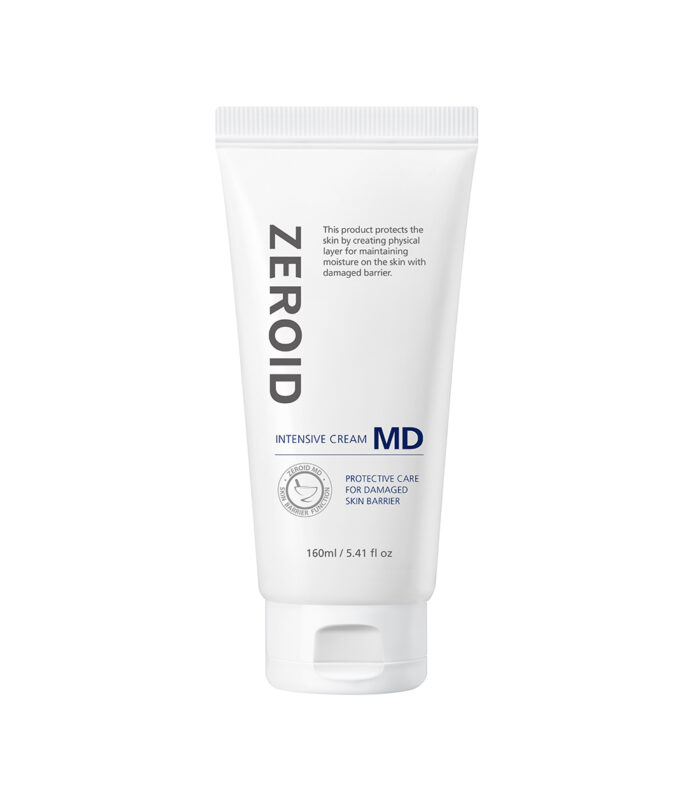
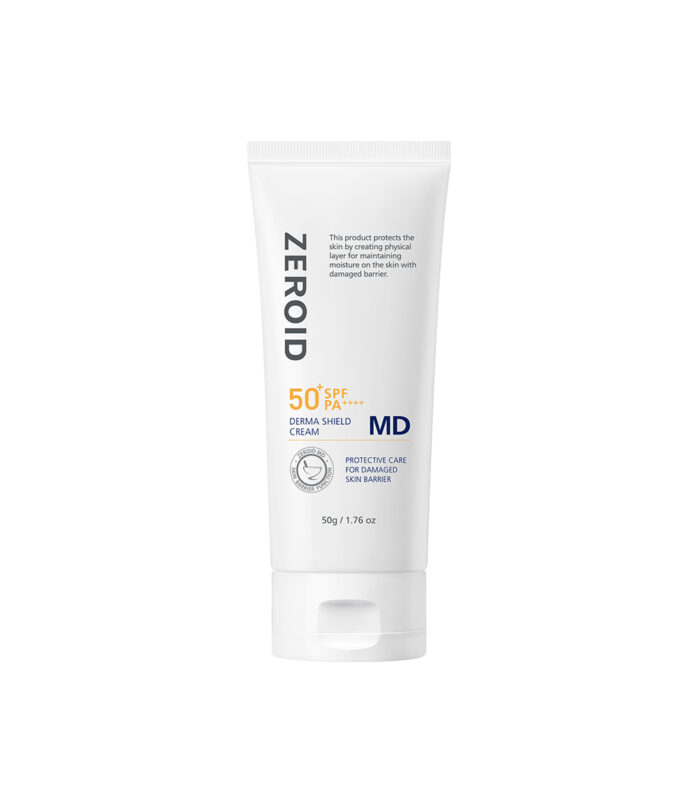
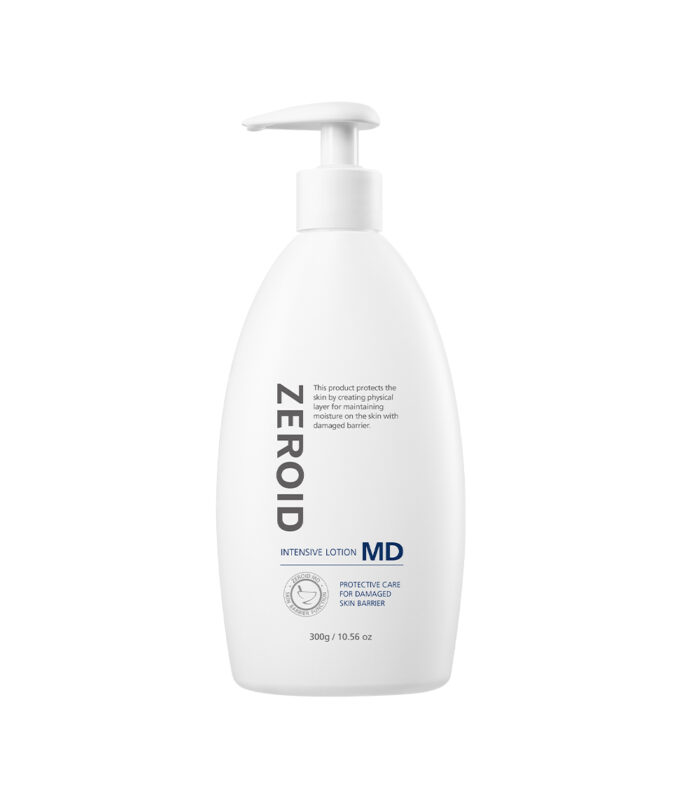
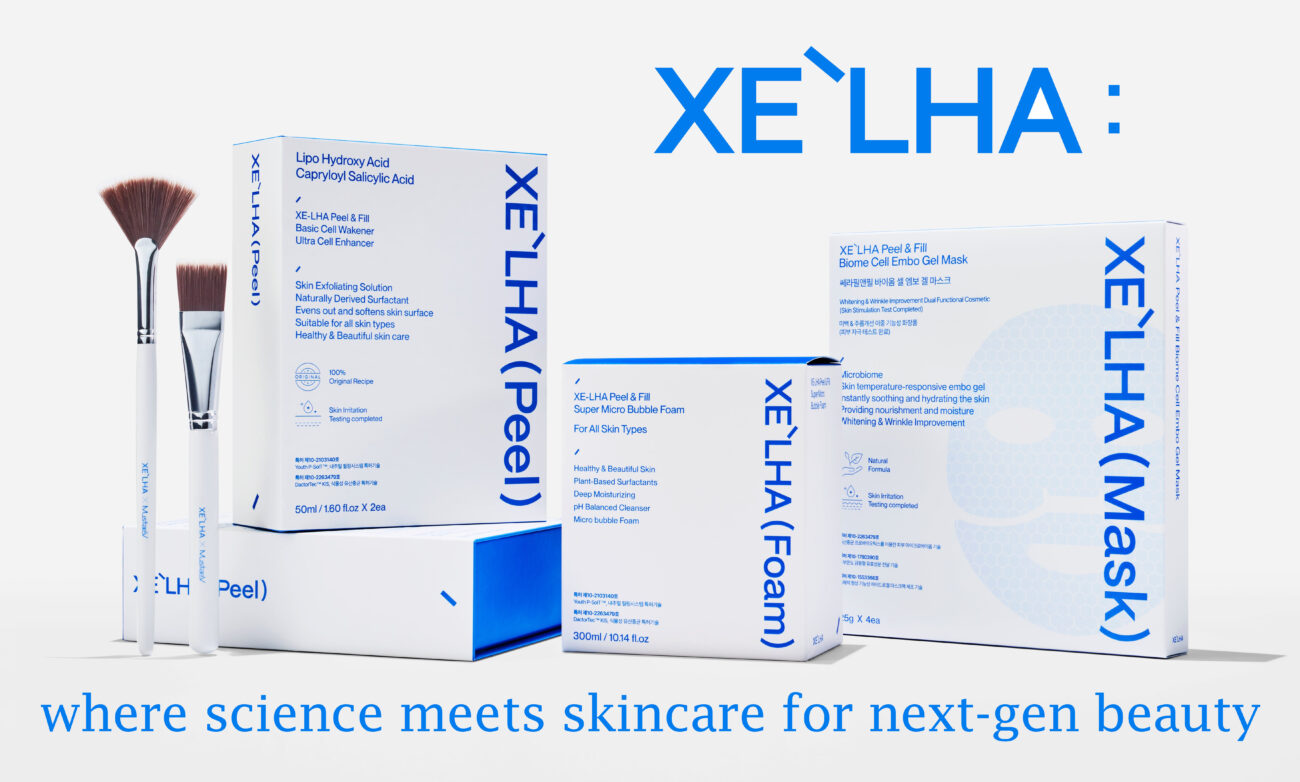
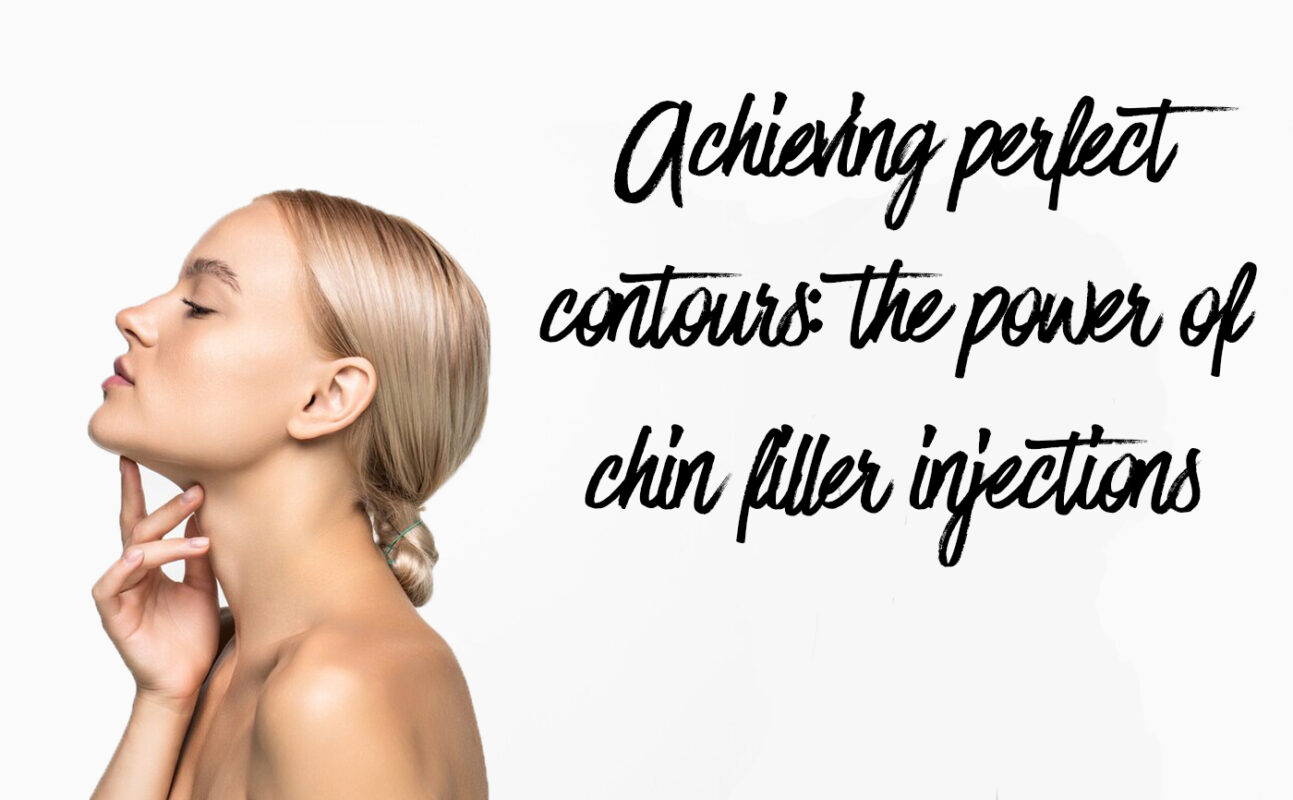

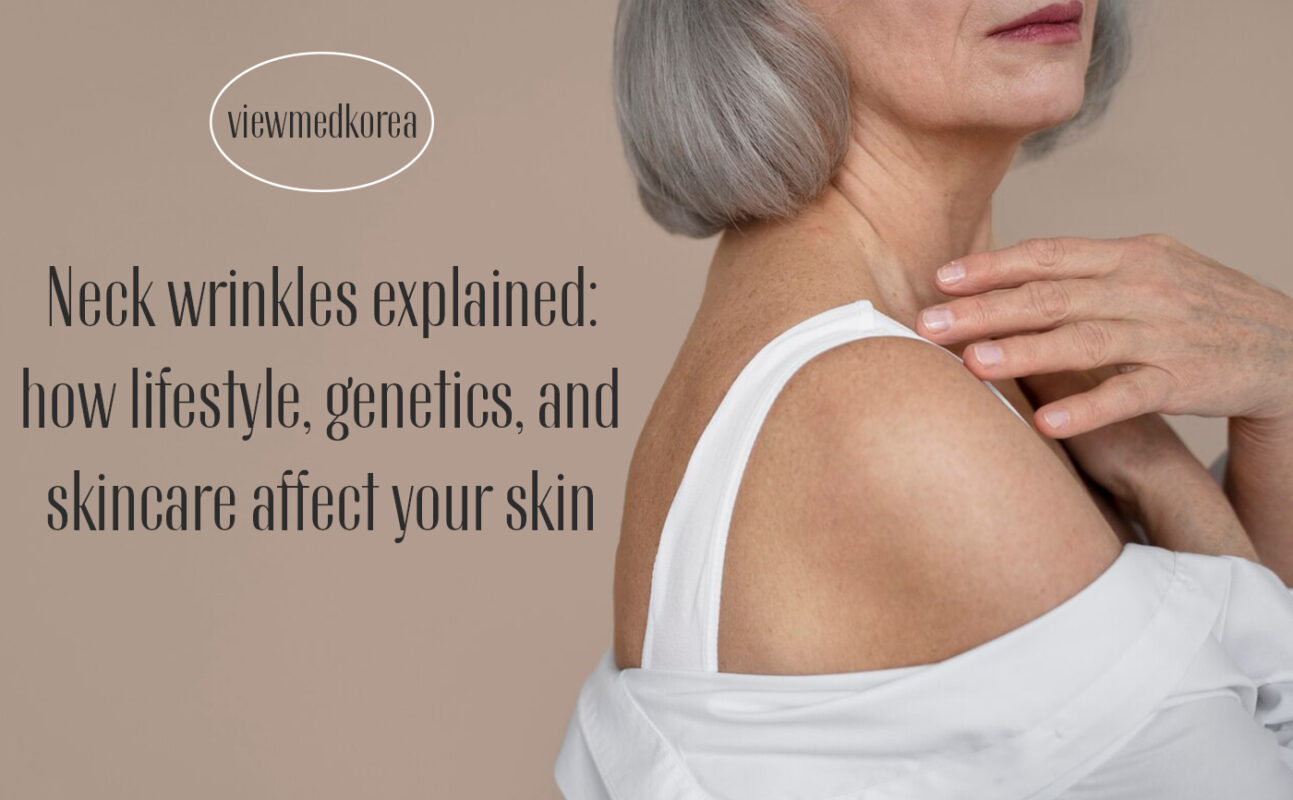
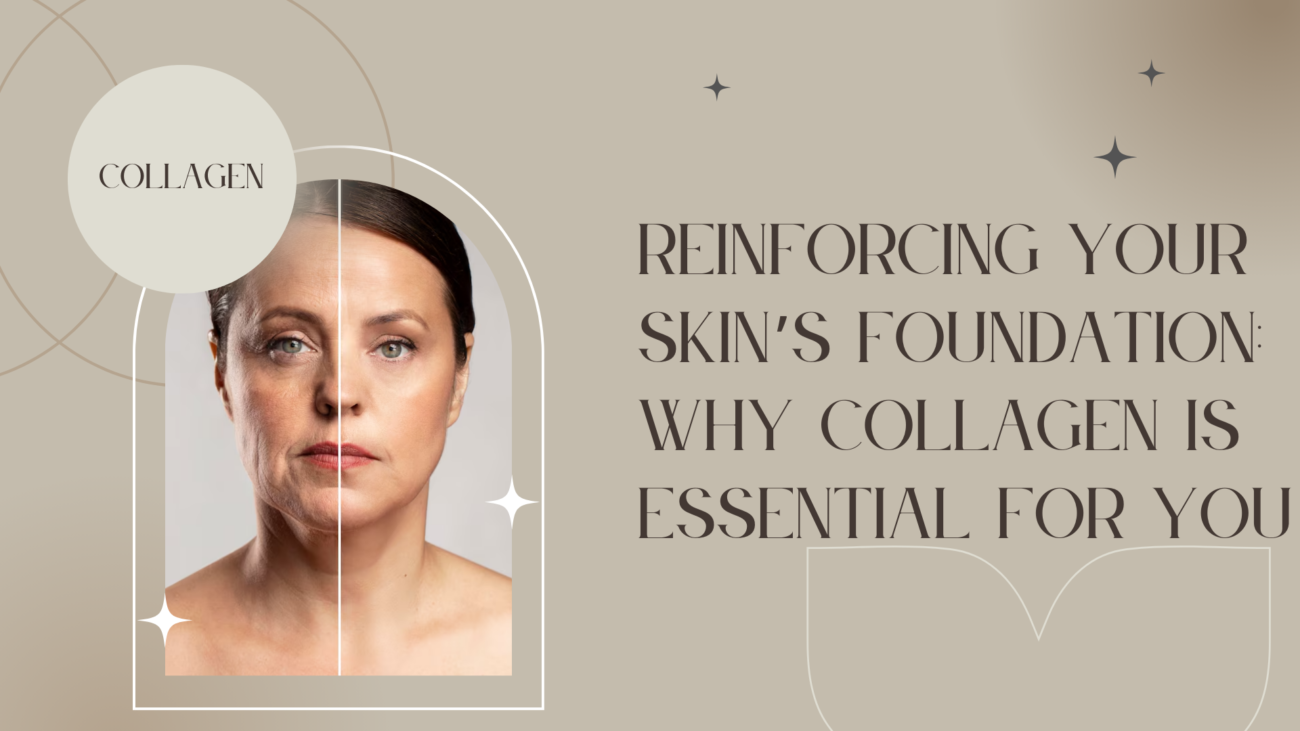
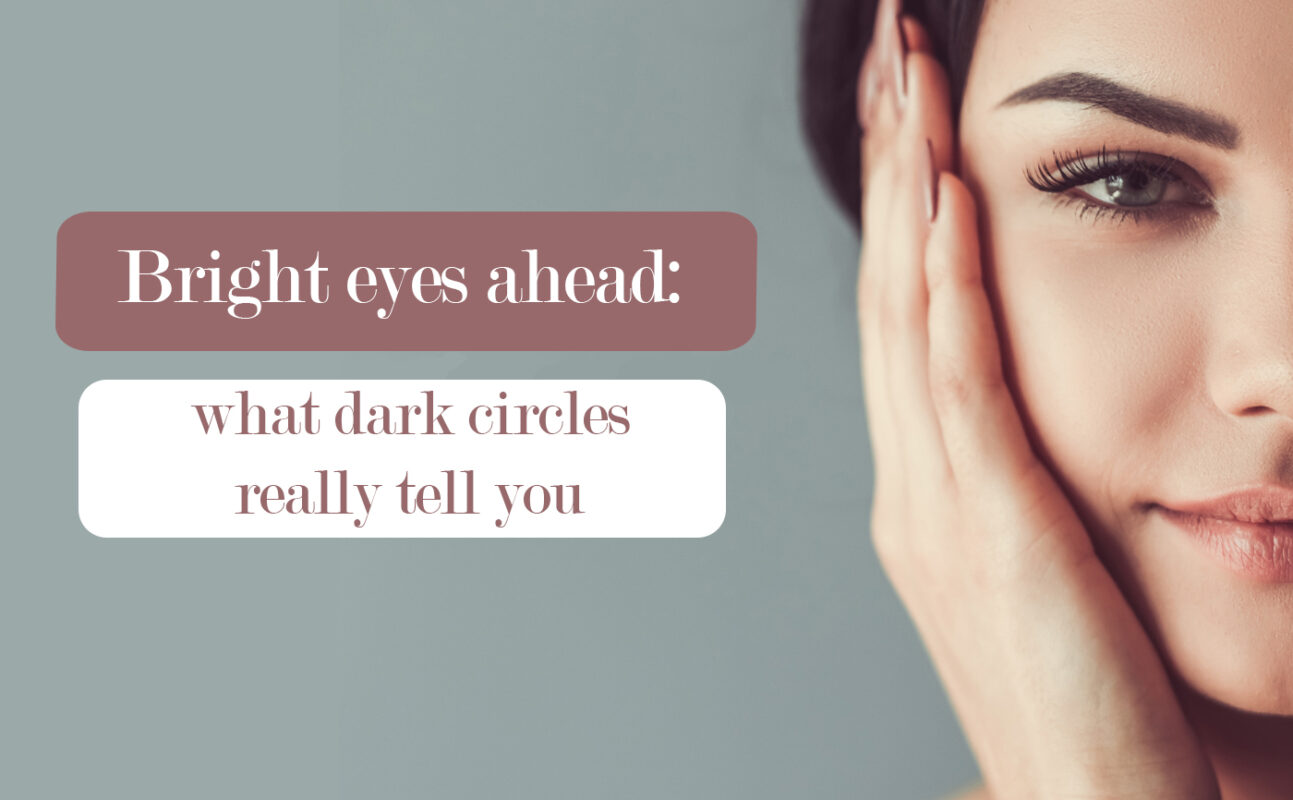
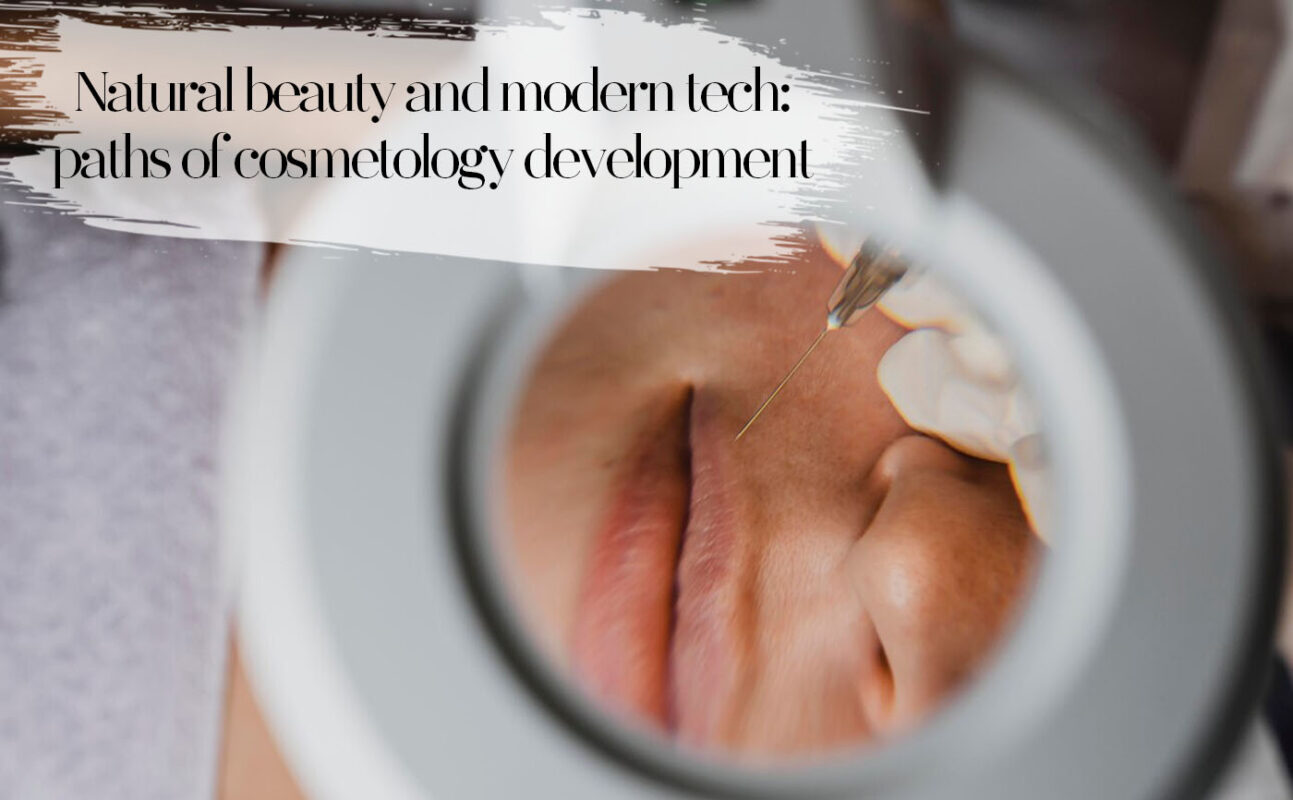





Oh my god! Already have a feeling that I need to start an anti-aging something, but I am still 22 ㅜㅜ
There’s nothing wrong with taking care of yourself! But for all procedures it is better to consult a professional. He will tell you which procedures should be started now, and which ones should wait 🙂